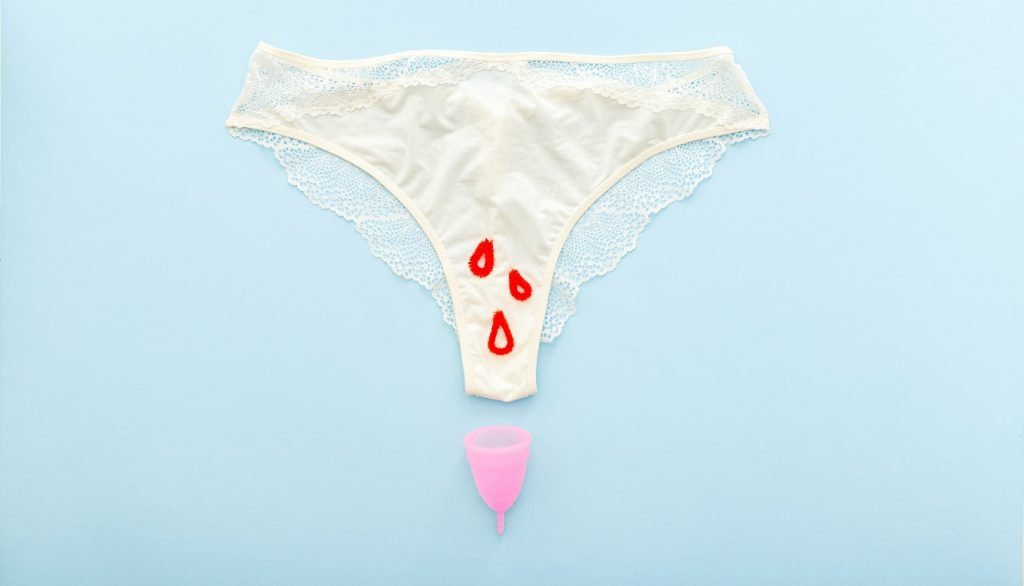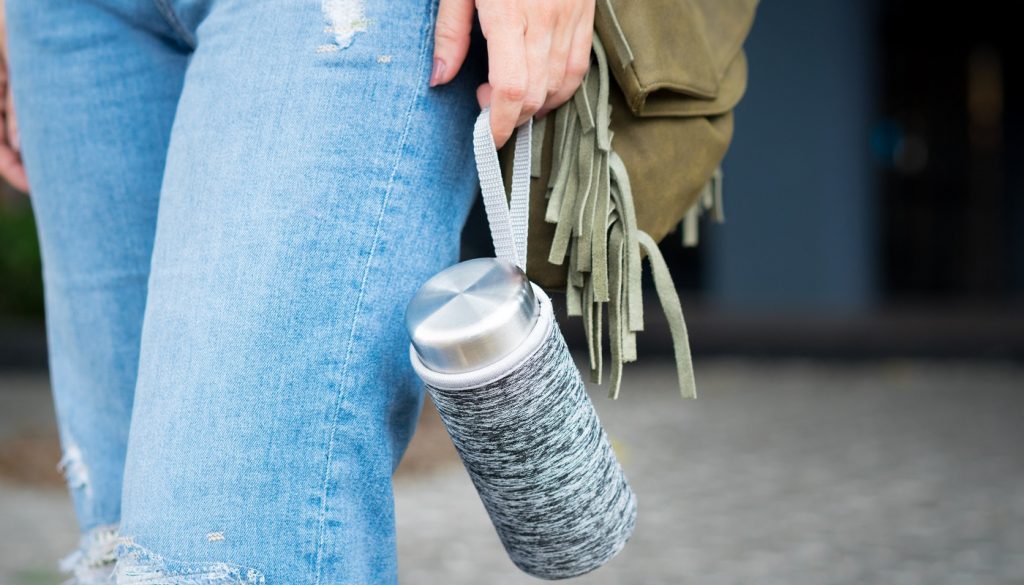Everyone loves a good shopping trip. It’s hardwired into our culture to use retail as therapy, a reward, or to keep pace with what our friends are doing.
But how often do you consider the deeper implications to your shopping habits?
Here’s the surprising truth behind our consumption.
What is the environmental impact of shopping?
Consumer habits largely affect climate change. The more we shop, the more emissions we produce, whether it be from the packaging our goods arrive in or the boat it was shipped in on. Natural resources such as crude oil and water are used heavily in manufacturing, further polluting the environment.
And the problem is getting worse. The rise of convenient single-use products, along with cheaply made goods, has produced a “throw-away” society. Instead of buying goods that are produced well and last a long time, we can afford new goods in larger quantities that aren’t made to last. According to the UN, consumers purchase 60% more clothing than just 15 years ago, and each item is kept only half as long. Many people in developed countries could do with shopping less.
The added environmental impact of online shopping
While online shopping is convenient, it adds more greenhouse gas emissions than in person shopping. This is mainly due to how people shop online, and how packages arrive.
Rather than driving to the store once every few weeks and buying everything we need, we order just a few items at a time. Those multiple parcels produce more waste from packaging and more transportation time.
13 statistics that illustrate shopping’s massive impact on the environment
Below I’ve compiled 13 stats that show exactly what influence our shopping has on the ecosystem. If these facts have made you a convert, check out these 17 ways to shop less that you haven’t tried before.
1. 29% of US greenhouse gas emissions comes from the transportation industry
Source: EPA
When we talk about greenhouse gas emissions, particularly from the transportation industry, the first thing that comes to mind is cars, taxis, and ridesharing services. But that’s a drop in the bucket compared to the emissions from trucks, ships, trains, and planes, all of which are used primarily to transport goods. Transportation accounts for the highest level of emissions in the United States.
2. Only 9% of plastic is recycled
Source: ScienceAdvances
In 2017, a group of scientists set out to determine how much plastic had been manufactured to date, and what ended up happening to those plastics. The results were horrifying. They determined that of 8300 million metric tons, only 9% was recycled, 12% was incinerated, and 79% ended up in landfills or the natural environment, such as a beach or ocean.
The scientists noted that packaging is responsible for most plastic waste. If our current trend continues, more than 12 billion metric tons of plastic will be accumulated in landfills and natural environments by 2050.
3. In the United States, up to 40% of food goes uneaten
Source: USDA
Shopping does not refer to just electronics and fashion. The amount of food wasted each year for our shopping convenience has a huge environmental impact.
Grocery stores import food items from around the globe, over-order to prevent shortages, and often throw away perfectly good food because of imperfections like blemishes. All of this food has to be transported, packaged, and disposed of, contributing massive amounts to greenhouse gases. Combined with over-shopping consumers, more than 133 billion pounds of food goes to waste annually.
4. Production of New Materials has increased by 60% since 1980
Source: Organisation for Economic Co-operation and Development
Worldwide we are using more natural resources than ever before, from construction materials to consumer goods. Part of this trend is linked to the rise of single-use consumer items. Many of these items are made with plastics, and are difficult to recycle.
Consider the number of household goods that are packaged in containers that end up in the trash, like toothpaste tubes. We could do without much of this waste by simply switching to a less wasteful option, such as zero waste toothpaste.
5. More than 82.2 million tons of packaging are thrown out yearly
Source: EPA
Packaging accounts for over a quarter of the municipal solid waste in the United States. It may be to protect what you’re purchasing or to wrap it for individual sale. While containers are frequently recycled, over 45% still ended up in landfill or was incinerated.
6. Over 70 billion plastic bottles are sold in the United States every year (and 3 out of 4 end up in landfill or an incinerator)
Source: Container Recycling Institute
The United States has some of the best access to clean drinking water in the world yet bottled water consumption continues to soar. Most of the problem is convenience. It’s a lot simpler to grab a disposable bottle rather than cleaning and filling a disposable one.
Don’t make the mistake of thinking those plastics are reused – Just 1 in 4 bottles are recycled. Only 11 states require refundable deposits on water bottles, which more than doubles the likelihood that a bottle will be recycled.
7. Between Thanksgiving and New Year’s Day, Americans produce 25% more trash
Source: EPA Blog
During the holidays, the amount of trash produced increases by more than 1 million tons per week. Think back to your last Christmas gathering, and whether all of the gifts, packaging, and food waste were necessary, or even appreciated.
8. The second-hand market is projected to double in the next 5 years
Source: ThredUp’s Annual Resale Report, 2021
9. It takes 998 gallons of water to make a pair of jeans
Source: United Nations Environment Programme
The process of growing cotton, and producing wearable jeans from that cotton, uses nearly 1000 gallons of water. That’s the equivalent carbon emission to driving about 69 miles. To make matters worse, India is the top producer of cotton, but more than 100 million people do not have access to clean drinking water there.
10. The fashion industry accounts for 10% of annual global carbon emissions
Source: WorldBank
Much of the world’s fashion industry does not measure their emissions, but it’s estimated to be about 10%. That accounts for more emissions than all international flights and maritime shipping combined.
The fashion industry is working to become more sustainable by choosing better fibres and fabrics as well as helping drive more viable consumer behavior.
11. 9 million microfibers are released into wastewater every time we do our laundry
Source: Ocean Clean Wash
Microfibers are little pieces of plastic that break off from synthetic materials, such as polyester and nylon, when they are washed. These materials account for about 60% of the produced clothing material, but they are becoming hazardous to our health.
These pieces are so small that they cannot be filtered by wastewater treatment plants, and end up getting into our drinking water, oceans, and even the air we breathe.
12. One garbage truck of clothes is burned or sent to landfills every second – and most of it is still wearable
Source: Ellen Macarthur Foundation
How many outfits does one woman need? In 1930, the answer was nine, but now the average woman owns 30 outfits. It can be expensive keeping up with the fashion trends, which is why so-called “fast fashion” like Forever21 and H&M does so well. They can offer current merchandise at a considerably discounted price, because it’s not made to last.
The result? Over 53 million tonnes of clothing is produced yearly, and 73% will end up in the landfill or incinerated after just seven to ten wears.
13. The textile sector represents 10-20% of global pesticide use
Source: McKinsey & Company
Natural fibres like cotton require a massive amount of pesticides to keep farmers from losing portions of their crops. All of that harmful pesticide ends up back in the environment, polluting ground water and the air. There is also a strong link between the textile industry and occupational cancer, likely from the exposure to pesticides.
Although we can’t stop shopping completely, we can do better to only buy what we need.





